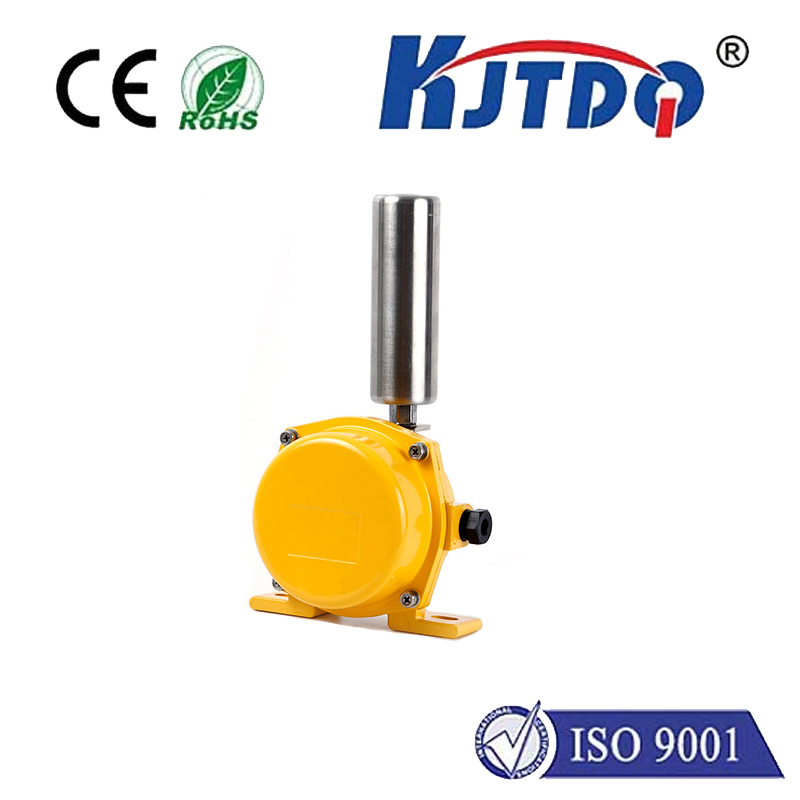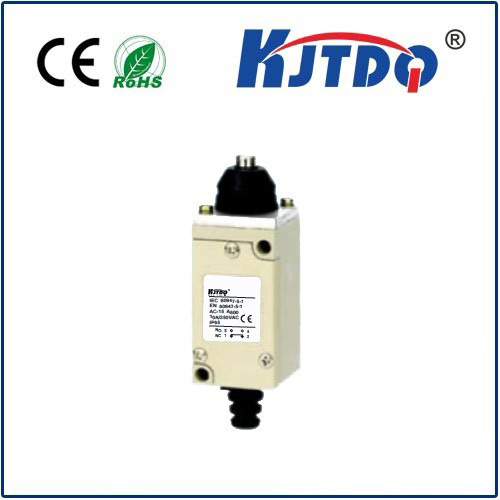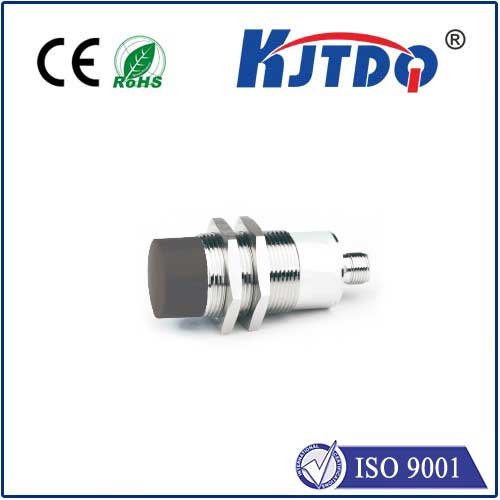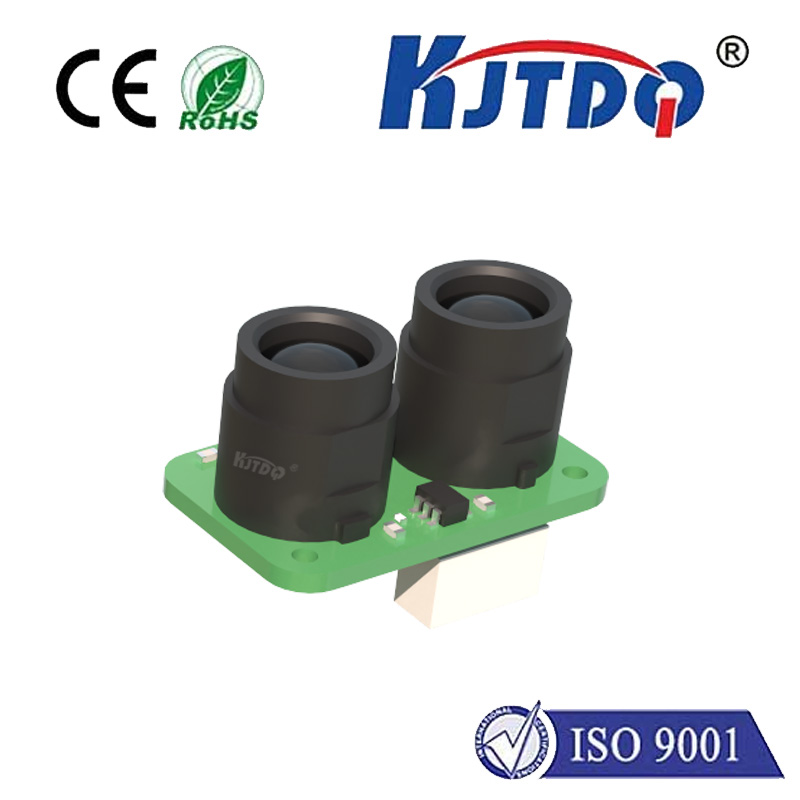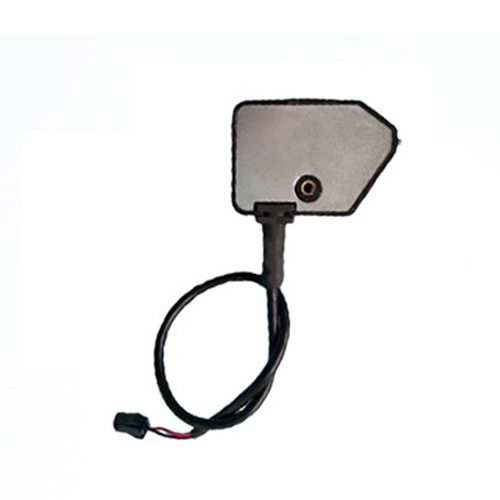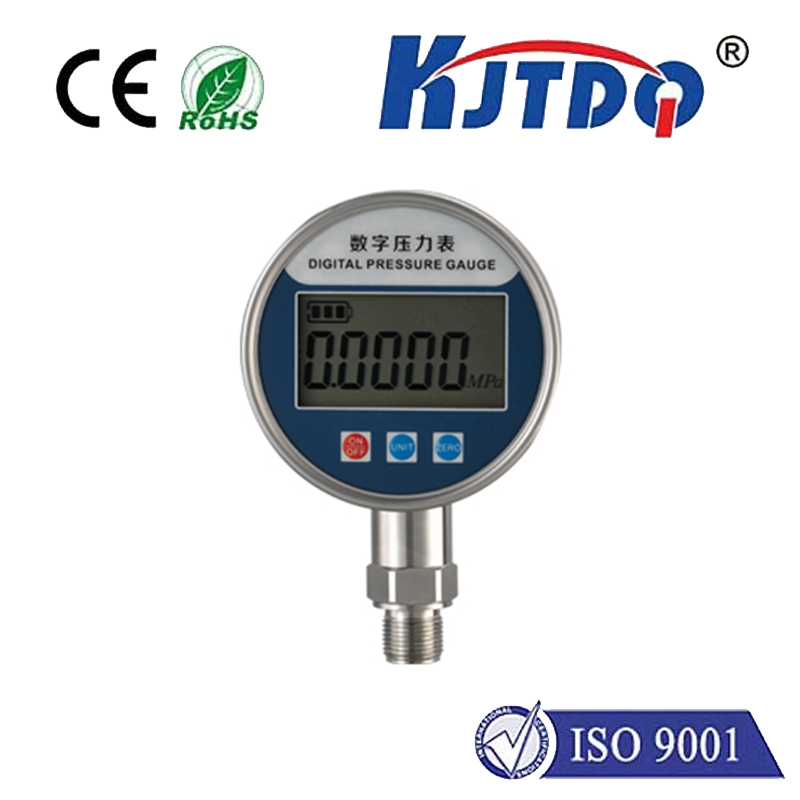

check

check

check

check

check

check

check

check

check

check
How often do we rely on knowing the precise speed of an object – a rotating shaft, a conveyor belt, or a passing vehicle – without physically contacting it? This fundamental need in countless industrial and mechanical processes finds an elegant solution in proximity sensors. While primarily known for detecting the presence or absence of objects, these versatile devices are uniquely capable of performing highly accurate non-contact speed measurement. Let’s delve into how proximity sensors serve as powerful tools for monitoring rotational and linear velocity.
Understanding Proximity Sensors: The Foundation
At their core, proximity sensors detect the approach or presence of nearby objects without physical contact. They achieve this by generating an electromagnetic field or beam. The interaction between this field and a target object causes a measurable change within the sensor (e.g., oscillation damping, capacitance shift, light reflection intensity). This change is converted into an electrical signal output. Common types include:
Inductive and photoelectric sensors are particularly prevalent in speed measurement applications due to their fast response times, reliability, and suitability for detecting standard target features like gear teeth or encoder marks.
The Mechanics of Speed Measurement with Proximity Sensors
Proximity sensors measure speed by effectively counting events over time. Here’s the breakdown of the core principle:

Sensor Positioning: The proximity sensor is mounted precisely to detect each passing feature as the object moves. For inductive sensors, the target features must be metallic. For photoelectric sensors, the marks need sufficient contrast or reflective properties.
Signal Generation: As each target feature (tooth, hole, mark) passes the sensor, it triggers a distinct output signal pulse. A gear tooth passing an inductive sensor causes a fluctuation in the electromagnetic field, generating a pulse. A dark mark passing a photoelectric sensor interrupts the light beam, also generating a pulse.
Pulse Counting and Frequency Analysis: The heart of speed measurement lies in processing these pulses. Electronics (often built into the sensor’s amplifier or an external controller like a PLC) count the number of pulses occurring within a precisely defined time interval. Since the distance between features (e.g., tooth spacing on a gear) is fixed and known, the speed can be calculated using the fundamental relationship:
Speed = (Number of Pulses per Time Period / Number of Features per Revolution) * Conversion Factor
For rotational speed (RPM), the conversion factor relates to revolutions per unit time. For linear speed, the known feature spacing (e.g., millimeters per mark) and the pulse count within a set time directly yield velocity (e.g., meters per second).
Crucially, the frequency of the pulse train itself is directly proportional to the speed. Measuring the time between consecutive pulses provides the period, whose inverse gives the frequency, leading directly to the speed calculation.
Why Choose Proximity Sensors for Speed Measurement?
Compared to direct-contact methods like tachometers or complex optical systems, proximity sensors offer compelling advantages:
Practical Applications: Where Speed Measurement Matters
The combination of non-contact operation and robust performance makes proximity sensors indispensable for speed measurement in numerous scenarios:
Important Considerations for Implementation
While highly effective, successful speed measurement with proximity sensors requires careful attention:
Proximity sensors transform the abstract concept of motion into quantifiable, reliable data. By leveraging their inherent ability to detect discrete events through non-contact interaction, they provide a remarkably practical, durable, and accurate solution for speed measurement challenges across countless industries. From ensuring the smooth operation of a massive conveyor system to safeguarding vehicle stability through wheel speed monitoring, this technology quietly underpins the precision and safety of

